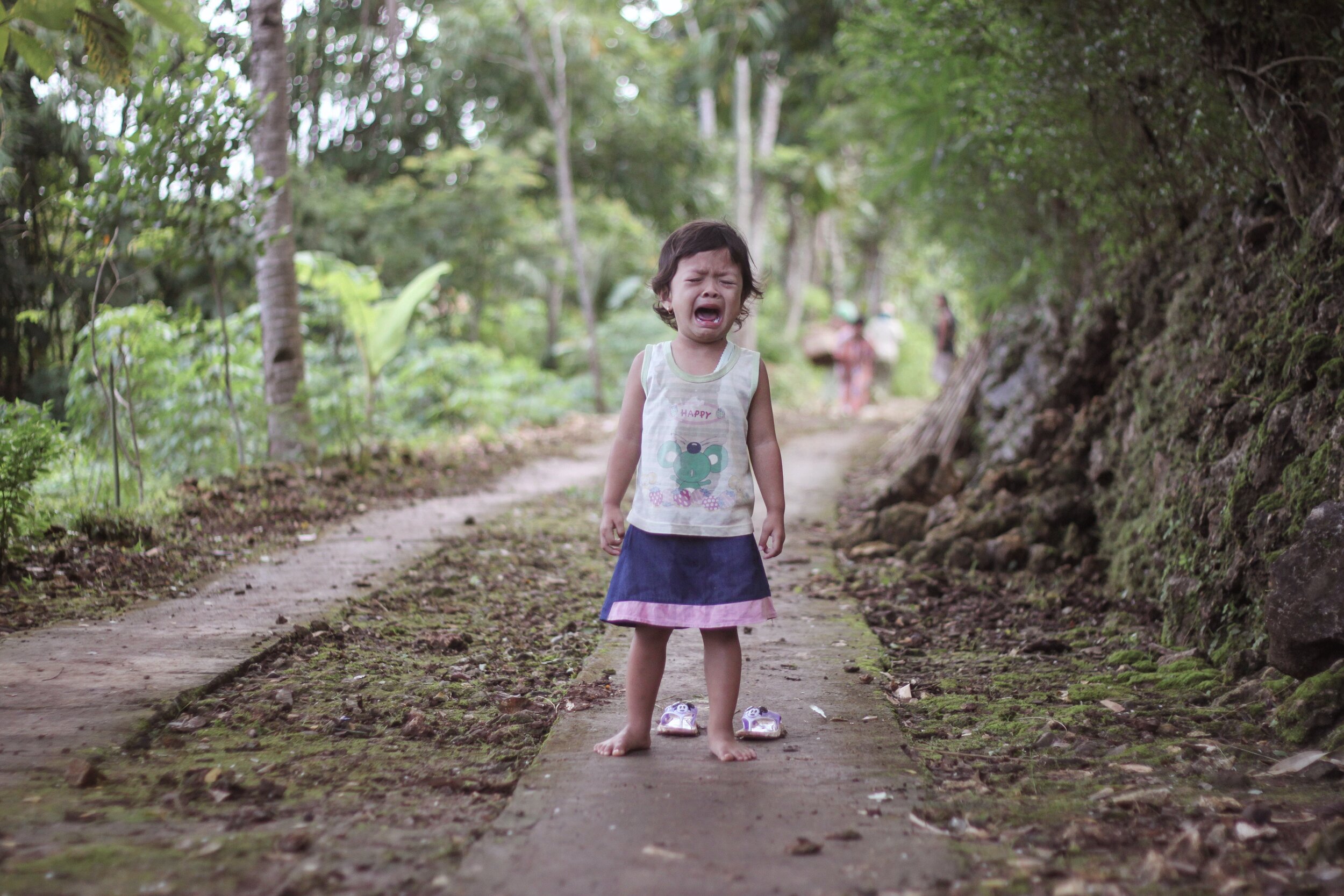The Power of Tears: A Path to Flourishing
Today my eldest child cried in my arms. It was a big wave of tears that fell after some persistent and gentle nudging. After the wave passed, I asked her, "Is there more there?" And yes, more little waves of tears fell. Afterwards we rested and talked. With some more gentle nudging she shared what was going on inside and that she was glad "to be who she is." Wow! I felt like we had been on a journey toward this golden moment.
Tears are often hard for us as parents. They come with an intensity that feels bigger than what the situation calls for. Or we want to quickly “make it better.” If we are honest, our child's tears may trigger our own uncomfortable feelings.
The truth is that our core emotions are hard-wired in us for a good reason. They are nature's path toward creativity, vitality and a sense of our true self. Anxiety, depression, shame and other symptoms can be linked to unshed tears or emotions that have been unexpressed. With greater access to core emotions, we find more fulfillment in relationships and can keep our centre in the midst of life.
To be clear, some tears are not the kind that lead to resilience. Feelings that go around and around or tears tied to a particular goal are not the genuine tears we are talking about here - these are the tears of emotionality. As parents, it can take some time to slow down and feel into what kind of tears our child is expressing in order to respond in a useful way.
So as parents, how do we support these important resilience-building tears?
1) Be with the tears like you would ride a wave.
People of all ages respond well to this metaphor of tears being like waves.
Initially, as we climb the wave there is resistance. Fear and vulnerability rise. What will this look like? What will others think of me? How can I get this to stop?
This is a very important time to stay close to your child. Let them know you are right there and that these tears are welcome. If your child doesn't want to cry, let them know that's ok too. It's important to invite but not to force this process.
Take a breath yourself. Being with your child as they feel sad is often not easy. Remember that this is a natural human process and with support it can lead to a positive outcome.
2) After the wave has passed, talk with your child.
After the emotional wave has settled, it’s time to find the gold. Slow down. See if you can reflect with your child on the experience of the tears. What was that like? How are you now?
Stay with it. Even if your child changes the subject be playfully persistent.
Listen carefully for glimmers of newness: A new solution to the issue. A new sense of being able handle it. A sense of accomplishment. Catch the unique glimmer that your child offers up here. Reflect that back to them. Wow - how is it to say that?
3) Find a space for you as a parent to ride the waves of your emotions.
Lastly, it's important to remember that as a parent you also deserve a space for your emotions to be expressed and understood by another adult. You also can move from tension to calm, clarity and open-heartedness. This makes it easier to really be there for your child.
It's quite a ride to be a human being! Riding the waves of our emotions looks different for each of us. Yet we have everything we need to make it to the shore. Next time your child is feeling a big feeling, see if you can ride the wave together and find the gold on the other side. And remember there will always be another opportunity!
Written by Laura Montgomery, MSW, RSW . Laura is a Counsellor in private practice in North Vancouver, BC. Her work is rooted in the principles of AEDP and the Neufeld Institute.

